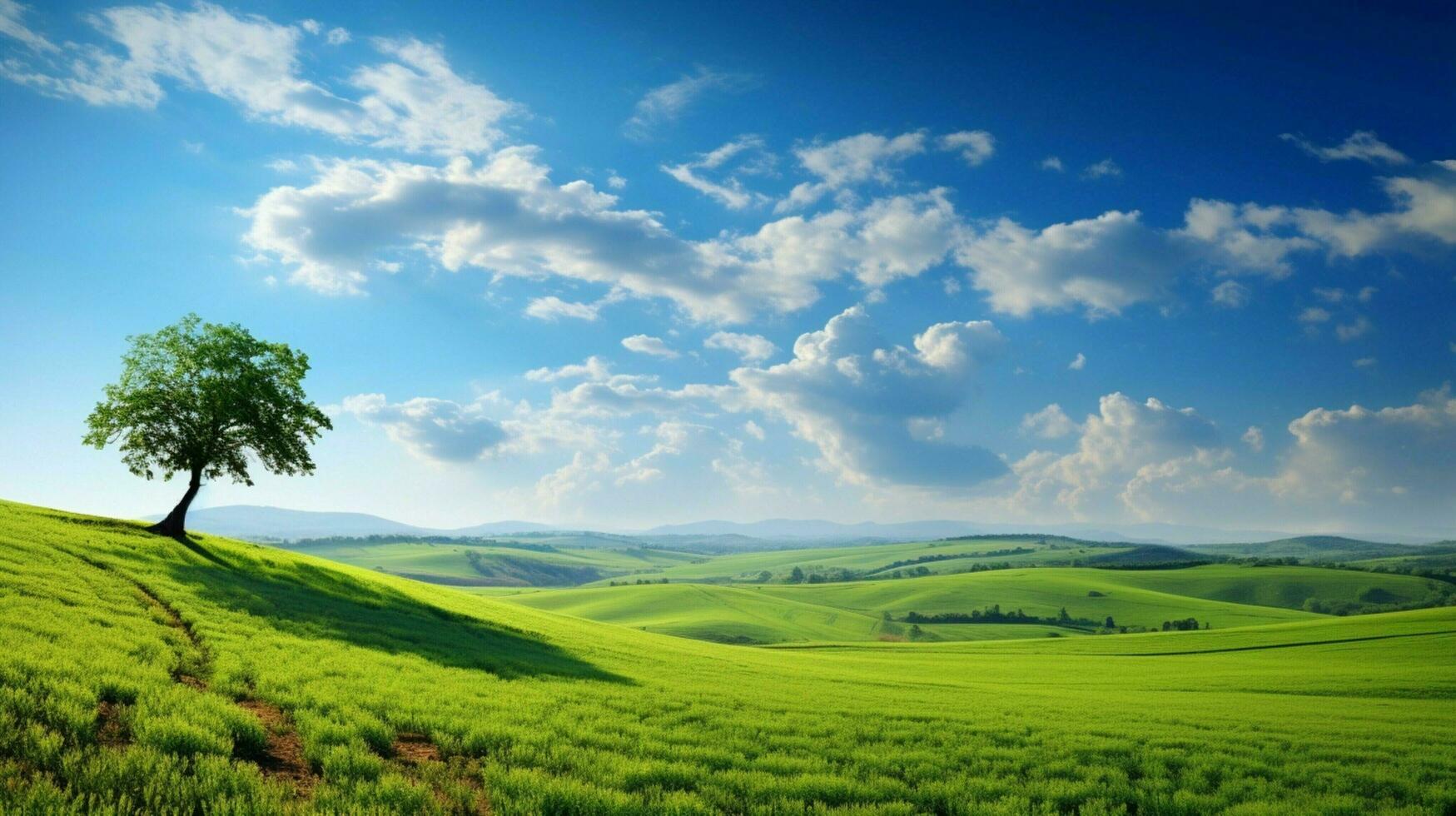Buzz Haven: Your Daily Dose of News
Stay informed and entertained with the latest buzz in news, trends, and insights.
Nature's Colors: Capturing Earth's Palette in Photos
Explore Earth's stunning colors through captivating photos that celebrate nature's vibrant palette. Discover beauty in every click!
Exploring the Vibrant Spectrum: How to Capture Nature's Colors in Photography
Capturing the vibrant spectrum of colors in nature can transform a simple photograph into a breathtaking work of art. To effectively showcase these hues, consider the time of day you choose to shoot. The golden hour, shortly after sunrise and before sunset, is renowned for its warm, inviting light that enhances the richness of colors. Additionally, utilizing a polarizing filter can reduce glare and boost saturation, allowing the vivid blues of the sky and the deep greens of foliage to pop out more in your images. Remember to pay attention to the composition as well, using leading lines and the rule of thirds to draw the viewer's eye into the colorful scene.
Another technique to explore is the use of macro photography, which allows you to closely examine and capture the intricate details of smaller subjects, such as flowers and insects. By focusing on individual elements, you can highlight the stunning spectrum of colors that often goes unnoticed. Consider experimenting with different apertures to create a soft background, thus isolating your colorful subject and allowing it to stand out. Don't be afraid to take risks with your angles and perspectives; sometimes the most unexpected views yield the most striking results in your photography.

The Science Behind Nature's Palette: Understanding Color Theory in Outdoor Photography
Understanding color theory is essential for outdoor photography, as it helps photographers capture the beauty of nature in an aesthetically pleasing way. The color wheel is a fundamental tool, illustrating the relationship between colors and how they can be combined to create harmony or contrast. By adhering to principles like complementary, analogous, and triadic color schemes, photographers can emphasize focal points in their images, making certain elements pop against their backgrounds. For instance, shooting during the golden hour, when the sun casts a warm hue, can enhance the vibrant greens of a forest or the rich blues of a lake, thereby maximizing the emotional impact of the photograph.
Moreover, it's crucial to be aware of how different colors evoke specific feelings and responses. Cool colors like blue and green tend to promote calmness and tranquility, while warm colors such as red and orange can evoke excitement and energy. By strategically utilizing this knowledge of color theory, photographers can dictate the mood of their outdoor scenes. As they experiment with various lighting conditions and compositions, they can create stunning landscapes that not only showcase nature's palette but also resonate deeply with viewers on an emotional level.
What Are the Best Times and Places to Capture Nature's Vibrant Colors?
When it comes to capturing nature's vibrant colors, timing is essential. The golden hours of photography, which occur shortly after sunrise and just before sunset, provide the most breathtaking light and enhance the rich hues of landscapes. During this time, the sun's soft rays illuminate the environment, creating warm and inviting tones. Additionally, seasonal variations also play a significant role; for instance, autumn is renowned for its stunning array of red, orange, and yellow leaves, making it one of the best times to appreciate and photograph these colors in full splendor.
The right place can significantly impact the vibrancy of the colors you capture. Locations such as national parks, botanical gardens, and coastal areas often feature an abundance of natural beauty. In parks like Yellowstone or Yosemite, you'll find diverse landscapes, from mountains to rivers, rich with color. Similarly, gardens filled with blooming flowers during spring display a stunning palette. To maximize your chances of capturing nature's vibrant colors, consider also visiting during rain after a long dry period—nature's colors seem to pop fiercely against the freshened backdrop.